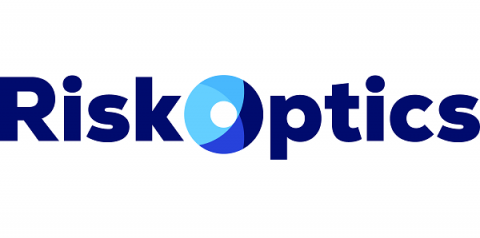Understanding the PCI Levels of Compliance
While every merchant and service provider that processes, stores, or transmits credit card data must comply with the Payment Card Industry Data Security Standard (PCI DSS), not all must travel the same path to PCI compliance. The amount of risk an organization faces depends on a variety of factors. Recognizing these differences, the PCI Security Standards Council developed four compliance levels for merchants and two for service providers.


